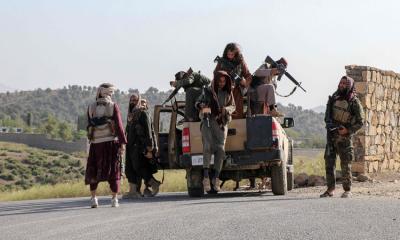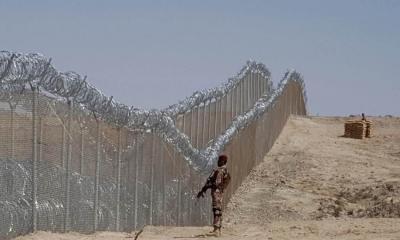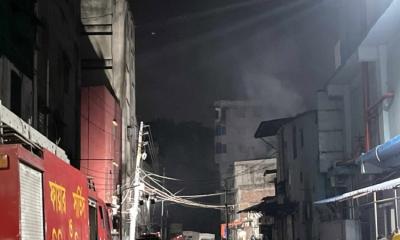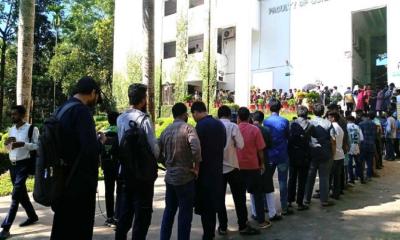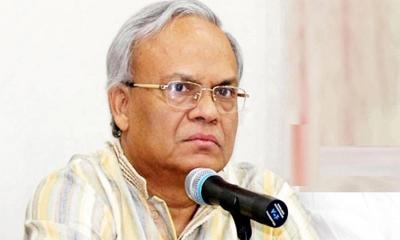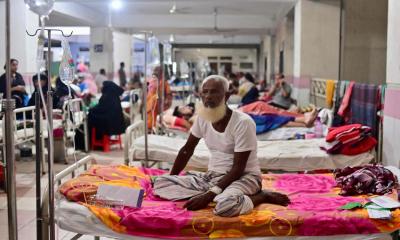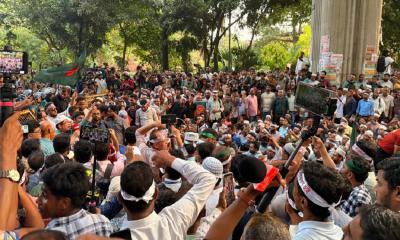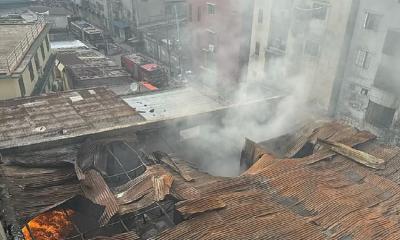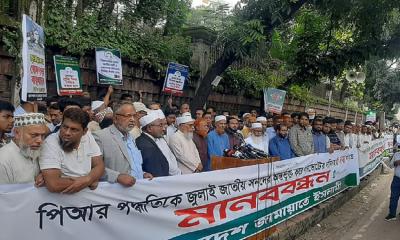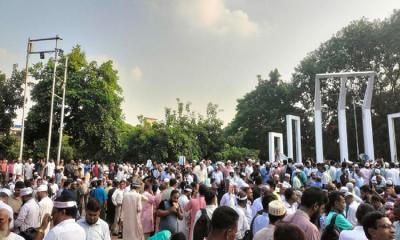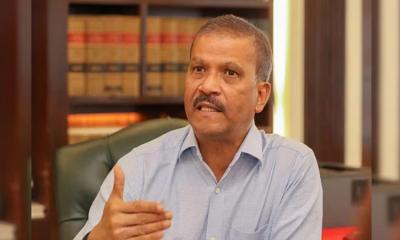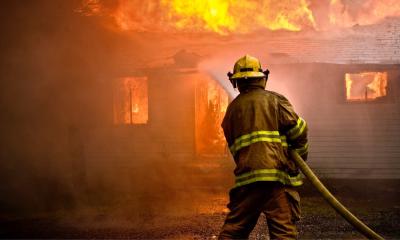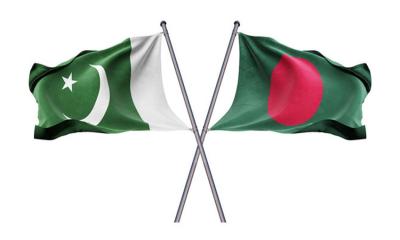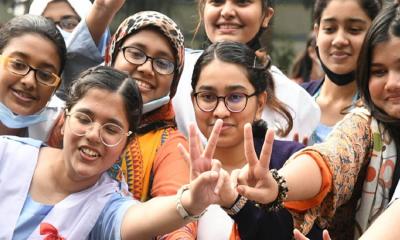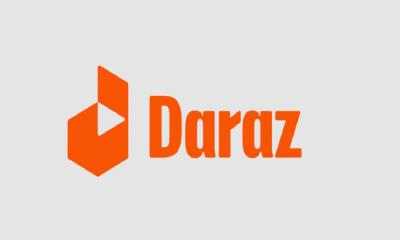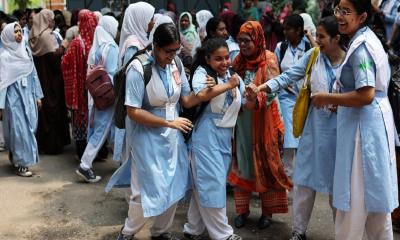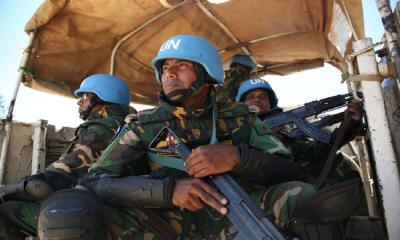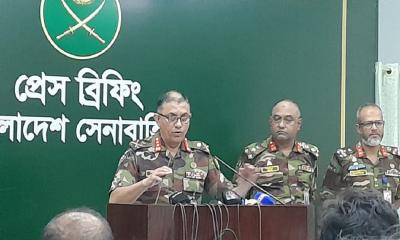Even in the first quarter of this year, our friendly neighbor India was faring well amid the pandemic. The deadly wave started to ravage the country after thousands of devotees plunged into the Ganges on the occasion of the holy Kumbh Mela. That was the beginning of the end of India.
Since that day onwards, the catastrophic days began for the country as India recorded the highest number of fatalities and infections for straight days. On April 15, a week after the Kumbh Mela began, India recorded 200,000 COVID cases in a single day, the highest number since the pandemic began.
With thousands of homebound passengers crowded at the ferry and bus terminals ahead of Eid-ul-Fitr, gigantic swarm of shoppers at malls, Newmarket-Gawsia and religious congregations being held amid the pandemic, experts believe, a similar fate lurks Bangladesh.
MAD RUSH OF HOMEBOUND PASSENGERS AT BUS-FERRY TERMINALS
With Bangladesh Inland Water Transport Corporation (BIWTC’s) sudden decision to suspend ferry operations at the country’s pivotal river-route Daulatdia-Paturia in the early hours of May 8, Eid commuters on their way home were stuck in a rut.
The decision was made effective since 6 am Saturday morning. The swarm of home-goers have not lessened over the two days.
On the flip side, as Eid gets closer, the crowds have become more intense. Passengers are making their way home using the emergency ferries whenever it makes a roundabout.
The government extended the lockdown till May 16 to stem the spread of coronavirus, however scores of passengers have flocked the Ferry Ghats to travel home batting no eye to the government restrictions. Thousands of people have flocked the ferry terminals beyond the check post of law enforcement agencies including BGB.
On Monday (May 10), Shimulia Ferry Service set off with more than 3000 passengers and two ambulances at around 10 am, confirmed Faisal Ahmed, Assistant Manager at Shimulia Ferry Terminal to the press. 15 out of the 16 ferries were activated the Shimulia-Banglabazar route. It is astonishing that despite the rigid inter-district movement ban, the ghats are witnessing teeming crowds from 3 am to 4 am.
With the massive flock of homebound passengers, the risk of contamination has quadrupled. As coronavirus takes at least 2 weeks to develop experts believe that by June there is serious threat of an outbreak much deadlier than before.
NO LESSON LEARNT FROM NEIGHBOURS
In the month of April, Bangladesh was hit with the deadliest wave of COVID-19 in the country’s history. More than 100 deaths were recorded for straight days. In a bid to curb the spread of the infections, the government announced a nation-wide all out lockdown. To an extent, the lockdown did turn out effective, as Bangladesh started to record lower numbers in fatalities and infections early May. The government also published an 11-point directive to contain the virus. People returning home for Eid have paid no heed to the directives from the government, thus putting themselves, their families and the entire nation at risk of a deadly third wave.
Experts fear the COVID-19 situation in Bangladesh may take a devastating turn post Eid-Ul-Fitr.
MALLS AND MARKETS BUSTLING WITH SHOPPERS AMID PANDEMIC
Bashundhara City Shopping Complex has witnessed the mad rush too. Shoppers have swarmed the prime shopping mall ahead of Eid. Many were seen with mask hanging below their chin. There is zero leg space at Mustafa Mart, the underground departmental store. The elevators are full to the brim with shoppers maintaining no social distance.
The scenario is worse at New Market – Gawsia, where people are pushing their way through the crowds to buy an Eid dress. Some were seen without a mask carrying children with no protective gears. With the crowds howling to buy a dress on Eid and make themselves look presentable have not the slightest concern of contaminating the virus to their dear ones.
LARGEST CONGREGATION ON JUMMATUL WIDA IGNORING COVID RULES
More than 100,000 people gathered at the century old Boro Masjid in Hajiganj, Chandpur, ignoring the scorching sun and also the COVID-19 health protocols. The surrounding Ahmadia Alia Madrasa grounds and buildings, Jamia Ahmadiyya Qawmi Madrasa Bhaban, Hajiganj Tower, Rajnigandha Market, Hajiganj Plaza, Business Prime Bank Bhaban and the former municipality building were completely occupied by the worshippers by 12:30, reports UNB.
By 1:00 pm, the wave of Muslim devotees had spread till the Cumilla-Chandpur regional highway, which even halted the movement of traffic during the period. Religious congregations are a prime source of virus contamination, only if we learnt from the Indian Kumbh Mela.
WHAT ARE THE EXPERTS SAYING?
The Report reached out to experts for their insights on the current shocking movement of passengers. Dr Tarek Mahmud Hossain, International Health Expert at The Asian Development Bank Tarek Hussain told The Report: Dhaka is the hotspot for coronavirus contamination. All these people moving from Dhaka are carrying the virus to other parts of the country.
They are also not following the two major health safety rules, there is no social distance at the terminals and those wearing masks have worn it inappropriately. They have fulfilled all the preconditions for spreading the virus. It is a scary situation for the country as we have spotted the Indian variant in Bangladesh, as it is highly transmissible.
NEPAL: A CASE STUDY FOR BANGLADESH
Nepal is a case study for Bangladesh added Dr Hussain, he remarked that if Nepal controlled their borders aptly and on time, things would not get this worse. So, Bangladesh needs to learn from Nepal and start monitoring the borders as soon as possible. Although, the trucks which enter the country are being checked, but it is futile, as the men who come in with the trucks might bring in the Indian variant with them, told the public health export to The Report. The Indian variant spreads swiftly than the other variants leaving those infected gasping for oxygen. India’s effect has spilled over Nepal. It has now crossed borders and reached the neighbouring countries.
Nepal is at the brink of a catastrophe as the Indian variant has started to cause rampage in the country. The Pashupatinath crematorium in Kathmandu has witnessed hundreds of cremations in the last few days. As Bangladesh is lot closer to India, we must be on high alert. Bangladesh needs to shut all borders with India immediately (even for commercial purposes) to prevent the Indian variant from spreading further, he told The Report.
HOW MUCH IS BANGLADESH EQUIPPED TO HANDLE THIRD WAVE?
While speaking to The Report, Dr Hussain commented that Bangladesh has no time in hand. The state must increase the capacities in district level hospitals, there is no time to construct new health care facilities so the existing hospitals must increase their capacities. For instance, DNCC was already prepared for an outbreak, it has been upgraded. Public hospitals must increase their capacities. “I have also suggested the national COVID committee in a meeting that all public hospitals must have coordination between them for reducing fatalities. Thus, patients do not have to lose their lives running in between hospitals,” he told. Availability of doctors and nurses must always be ensured, added the national public health expert.
Dr. Mohammad Mushtaq Husain Institute of Epidemiology Disease Control and Research (IEDCR) Advisor and Crisis Emergency & Risk Communication Consultant at the World Bank Group (WBG) pressed on precautionary measures to prevent the outbreak of a third wave while speaking to The Report. Dr. Mushtaq shared three suggestions.
Firstly, he said at this moment it is important to bring those infected under specialized care in hospitals. To reduce fatalities, the hundreds who are testing positive for COVID each day must be ensured telemedicine services, and ICU facility if required. The poor and marginalized are also spreading the virus unknowingly. They cannot afford to remain in isolation or receive adequate healthcare, they move around the city and spread the virus. The demographic must be ensured COVID services.
Secondly, health protocols must be followed at all costs, as the virus is invisible, so there could be no greater precaution than maintaining the health rules to curb the spread of the virus.
Thirdly, everyone must get vaccinated once the country starts administering jabs again. Even after all these measures, there will still be infections, for that our country has sufficient health services in terms of oxygen, ICU’s and other relevant medical services, said Dr Mushtaq.
INDIAN VARIANT OF THE COVID-19 VACCINE IDENTIFIED IN BANGLADESH
On Saturday (May 8) at noon, the Director General of the Department of Health (DGHS), Prof. ABM Khurshid Alam made the alarming revelation to the press. Patients affected by this variant have returned from India. They visited India for treatment and are currently accommodated at Jashore. The Indian variant spreads swiftly than the other variants leaving those infected gasping for oxygen. It has now crossed borders and reached the neighbouring countries.
TIME TO ACT!
With the Indian variant of coronavirus ravaging our friendly neighbours India and Nepal, Bangladesh must buckle up and learn the lesson before the virus gulps our nation. It is time we increase our ICU capacities, ensure adequate manpower in the health sector and go at great lengths to protect our country. If we don’t act now, the end of Bangladesh seems not too far.








